The Truce Collapses: Hostage Crisis or Government in Crisis?
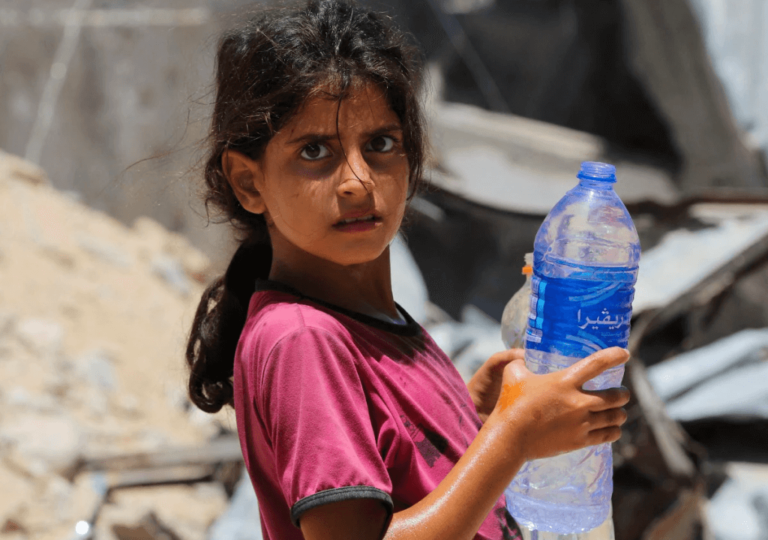
Israel breaks the truce, escalating demands for hostage release. Is Netanyahu acting to rescue captives or to secure his political future?

Israel breaks the truce, escalating demands for hostage release. Is Netanyahu acting to rescue captives or to secure his political future?
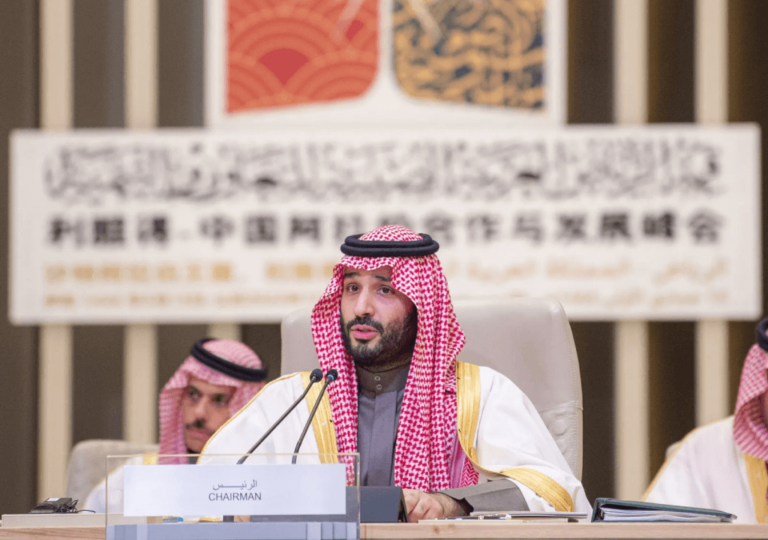
Saudi Arabia is stepping onto the world stage as a key diplomatic player, mediating global conflicts and expanding its influence beyond the Gulf. Is the kingdom the next great power broker?
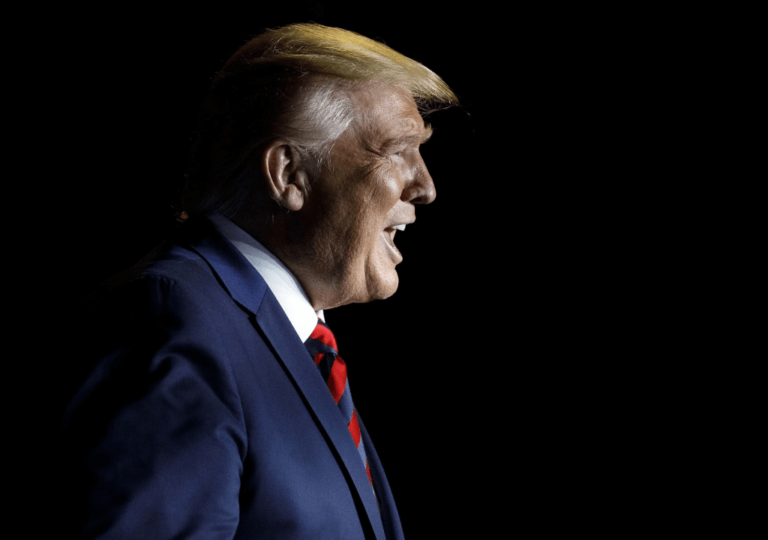
As Donald Trump offers talks with Iran, the world watches to see if this move will ease tensions or deepen Iran’s political crisis. Is it diplomacy or a trap?

As semiconductor manufacturing moves to the U.S., is Taiwan losing its strategic leverage?
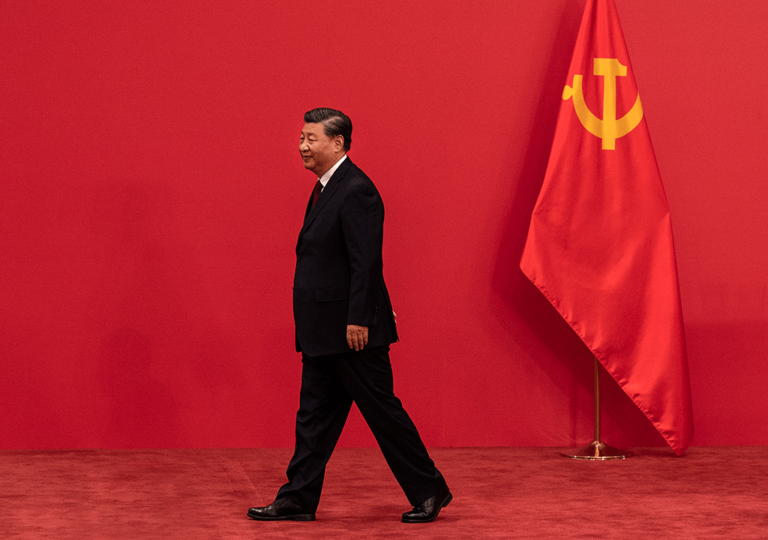
As global tensions rise, China positions itself as a stabilizing force in world affairs. Explore China’s Global Strategy amid the turbulence of the Trump era.
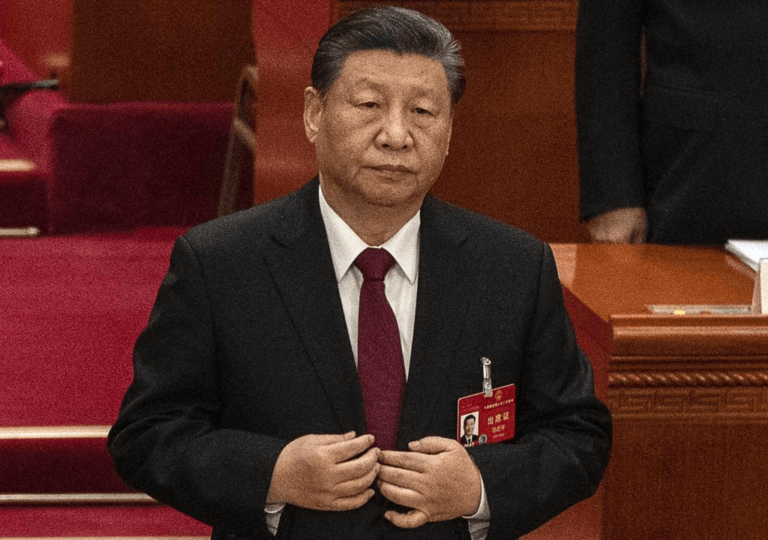
As the U.S. pulls back from its global role, can China step up as the new world leader?
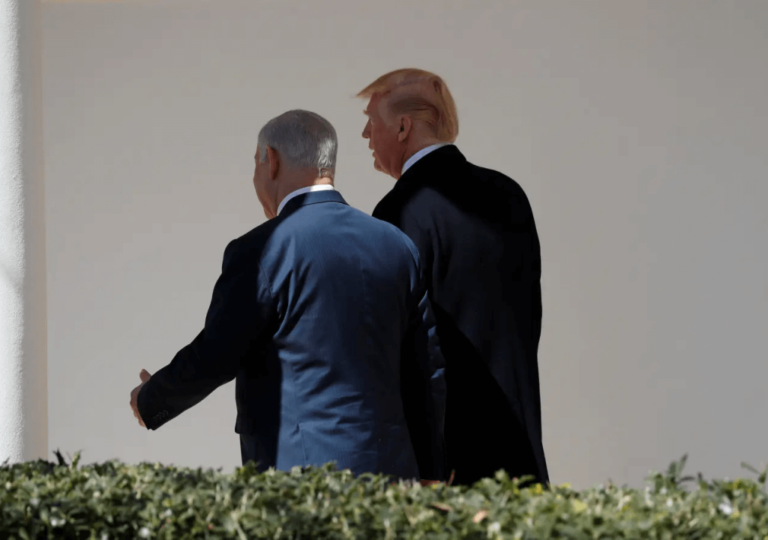
With Netanyahu’s support, is Trump’s plan more likely to succeed, or will it face the same political and legal hurdles?
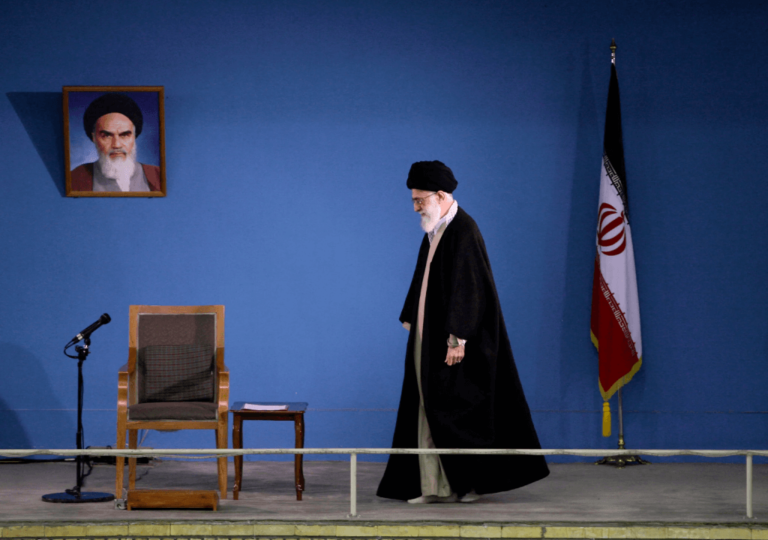
As Donald Trump prepares to unleash a new wave of sanctions, Iran faces mounting economic and political pressure. Can the country withstand the impact?
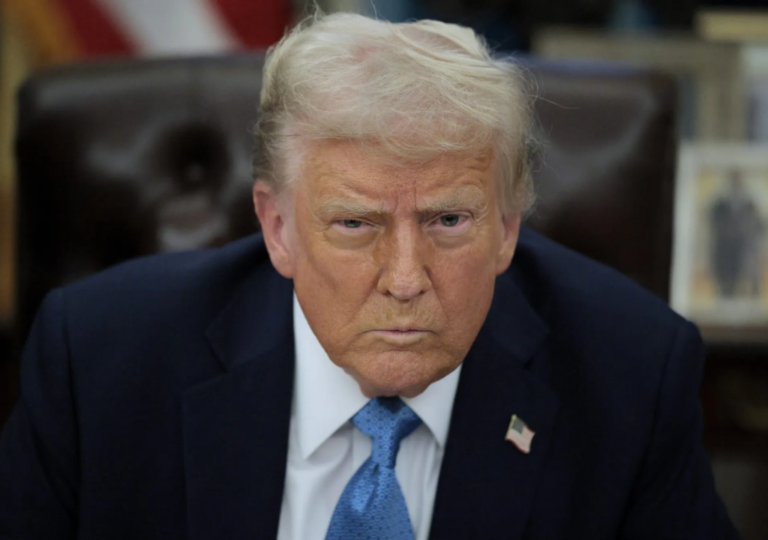
As Trump eyes tougher trade policies, can India navigate the looming tariff threats and safeguard its economic interests?
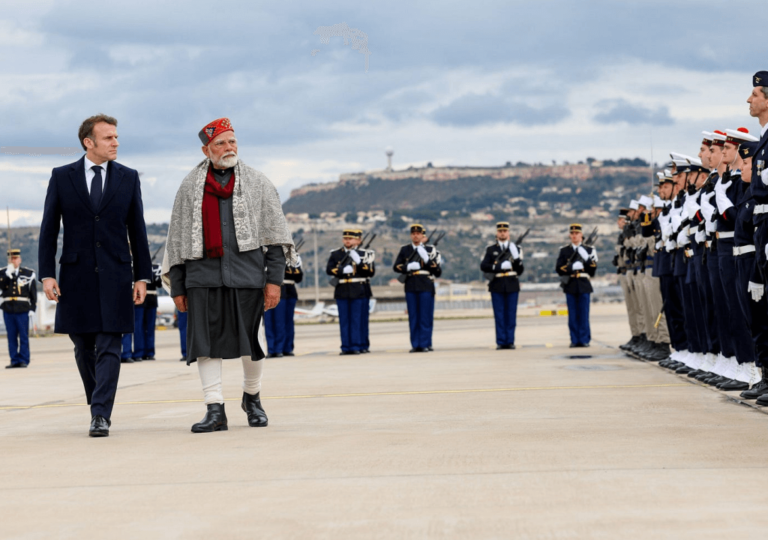
Explore the deepening India-France relationship, from strategic partnerships to cultural ties, and what it means for global geopolitics.